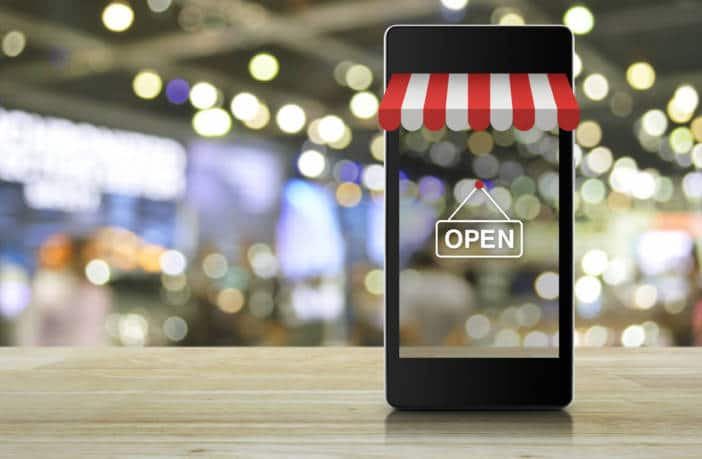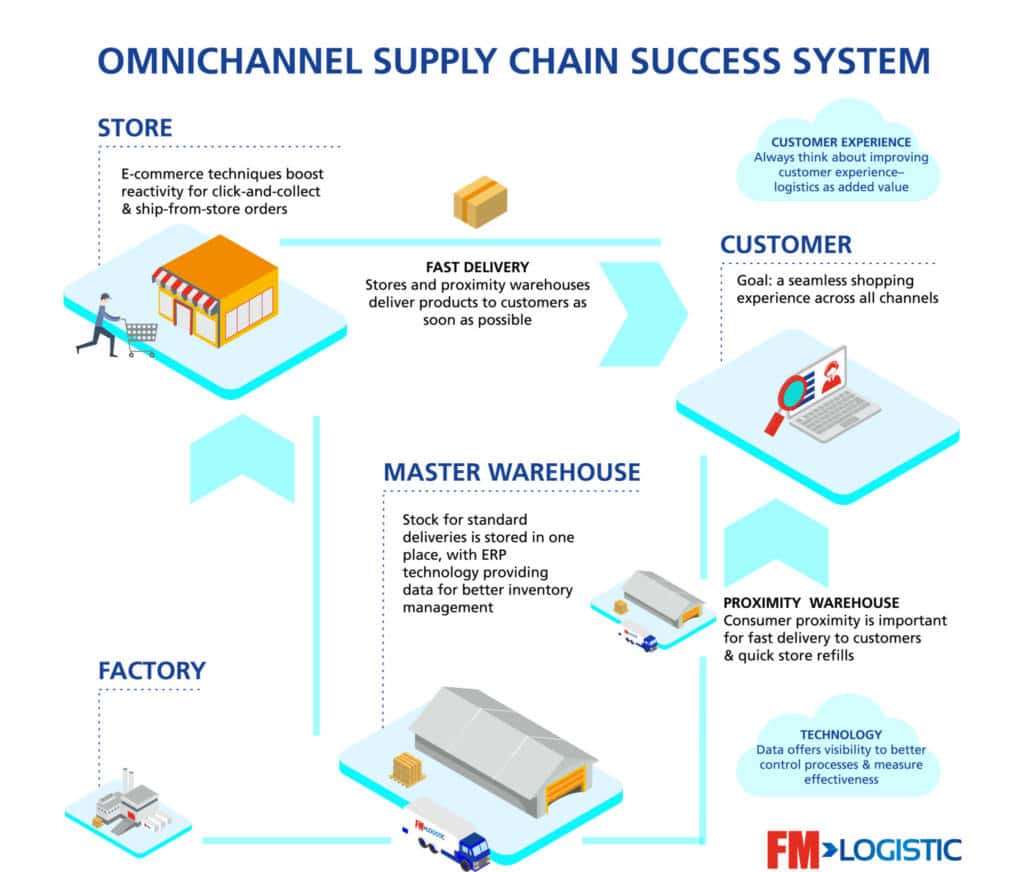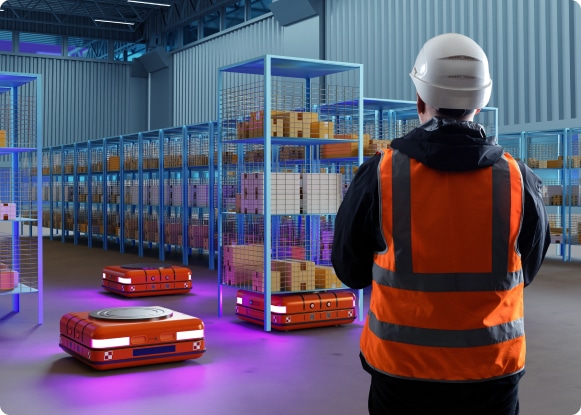Omnichannel logistics create a consumer-centric, seamless sales experience no matter what the purchase path (store, mobile or online). Synchronizing the shopping ecosystem, however, requires supply chain innovation to create smooth online and offline processes. It gives retailers a competitive edge with connected consumers.
Consumers now want to be able to shop anywhere, anytime, including options to buy, pickup, deliver and return products at their wish. Perfecting the omnichannel supply chain not only offers connected customers the ultimate convenience, it allows brick-and-mortar outlets gain new profit channels and boost in-store sales. In fact, 50% of customers who use click and collect end up spending more (additional purchases) when they pick up their orders. Moreover, with the Covid19 context, ecommerce purchases are constantly increasing, making the need for omnichannel fulfillment more pressing.
What are the success points for optimizing omnichannel operations to best serve these shoppers?
Better visibility with ERP technology
Understanding how ERP technology improves inventory and warehouse management is indispensable for omnichannel fulfillment. Smooth operations are founded on available and accurate data. Market leaders use analytics to control processes and target weaknesses to excel at managing rush activity periods.
Increase efficiency by adding an SAP solution to track inventory by unit instead of by bulk, which provides the data for visibility across all channels to put the right product in the right place.
Flexible omnichannel fulfillment with e-commerce techniques
Omnichannel orders need to be fulfilled with the same level of reactivity no matter where they initiate. Even in a shopping rush like the Black Friday weekend, brick-and-mortar stores are used to having time. They spend time to prepare in advance, organize promotions, stock shelves and hire staff. But in an omnichannel supply chain, this fulfillment approach needs to be faster or it will be a barrier to success.
In an omnichannel supply chain, this means stores need to react like e-retailers. They anticipate volume, forecast demand and set guidelines for packing orders. Stores can also implement technologies to increase fulfillment process efficiency such as batch picking, goods-to-man and shuttles.
Using these e-commerce techniques, stores can productively compete with online pure players. At the same time, they can also be flexible to not disrupt the in-store experience – the best of both online and offline shopping for their customers. They will be able to offer to buy online then pick up in-store (BOPIS), a service highly requested by customers. In 2019, 56% of brands already offered this service.
Proximity to shoppers for fast delivery
Timing is crucial in omnichannel logistics, as an increasing number of consumers are willing to pay for faster delivery.
Consumer proximity is the answer. A master warehouse should manage all stock and standard deliveries while another close-to-shopper warehouse provides fast delivery to customers and quick refills to nearby stores.
One major cosmetics label excels at this method by stocking its best-selling products in mini-distribution centers near major shopping hubs. Therefore, consumers get products when they want them, either through rapid direct delivery or via convenient BOPIS.
Partner with marketing to know needs
Internal collaboration with marketing is a great way to identify who is placing orders, where and why. Leaders like Amazon, FNAC and Darty have good omnichannel practices as they know their customers inside and out.
Understanding omnichannel shoppers is an opportunity to maximize sales and create synergies, while satisfying customers with personalized service as they are a valuable segment worth pleasing.




